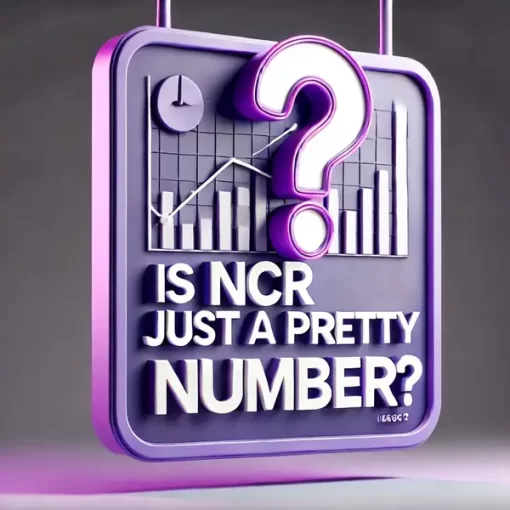Net Collection Rate (NCR), once hailed as a beacon in Accounts Receivable (AR) management, now feels like a relic of the past. In the realm of Accounts Receivable (AR), relying solely on NCR—which measures the percentage of billed amounts collected—is like bringing a spoon to a knife fight. While it provides some insights, it falls short of capturing the full picture.
NCR shows the percentage of AR collected compared to what was billed, but it doesn’t tell you everything.
How much of your AR is outstanding? How fast is your team collecting payments? What percentage of your expected amounts are being collected from the payor? Are you adjusting write-offs? These questions demand answers beyond the superficiality of NCR.
Forget the one-dimensional approach; let’s dive into the AR trifecta: the amount, the speed, and the quality of collections. It’s not just about the percentage of your production being collected; it’s about the cold, hard cash still hanging in the wind. Because let’s be real, too much open AR can spoil the pot faster than you can say “write-off.”
Amount of open AR
This dimension focuses on the total outstanding balances owed to the DSO or practice. While metrics like NCR give an idea of the percentage of AR collected compared to the amount billed, they don’t provide insight into the absolute value of AR outstanding. High amounts of AR can lead to cash flow issues and potential write-offs.
Managing this dimension involves strategies to reduce the overall outstanding balances and ensure timely payment from patients and insurance companies.
The AR Ratio (AR Ratio = AR / Net Production) provides a clearer picture of how efficiently the practice is managing its accounts receivable relative to its production.
For example, the impact of having $200K in open accounts receivable (AR) is significantly different for a practice with $1 million in revenue compared to a practice with $2 million in revenue.
Speed of Collection
Time is of the essence when it comes to AR. The longer outstanding balances remain uncollected, the greater the risk of non-payment.
Days Sales Outstanding measures the average number of days it takes to collect payment after providing services. However, it doesn’t fully capture the efficiency or timeliness of the collection process.
Efficient management of this dimension involves implementing practices to expedite the collection of payments, such as streamlining billing processes and following up on overdue accounts promptly.
Quality of Collection
Beyond merely collecting payments, the quality of collections is crucial.
Claim yield is a metric used to measure the percentage of claims successfully reimbursed, indicating how efficiently the practice is managing its billing and collection efforts.
A high claim yield suggests that the practice has effective billing practices in place, minimizing revenue leakage due to denials or underpayments.
Managing this dimension involves optimizing billing processes, reducing claim denials, and maximizing reimbursement rates from insurance companies.
While each dimension provides useful insights alone, it’s crucial to understand how they work together to improve AR management.
Finding a Better Way with InsideDesk
InsideDesk is like the perfect recipe for DSOs and dental practices struggling with managing their AR. It goes beyond just looking at NCR and helps us understand the whole picture.
With InsideDesk, a DSO or practice can monitor their open AR, track their payments, and ensure they are receiving the correct amounts. It’s like having a trusty sidekick that helps us stay on top of your finances.
In conclusion, while NCR serves as a basic benchmark for AR performance, it falls short in capturing the complexities of dental AR management. By considering the three-dimensional nature of AR — amounts, speed, and quality of collection — practices can gain deeper insights and drive sustainable financial growth.





